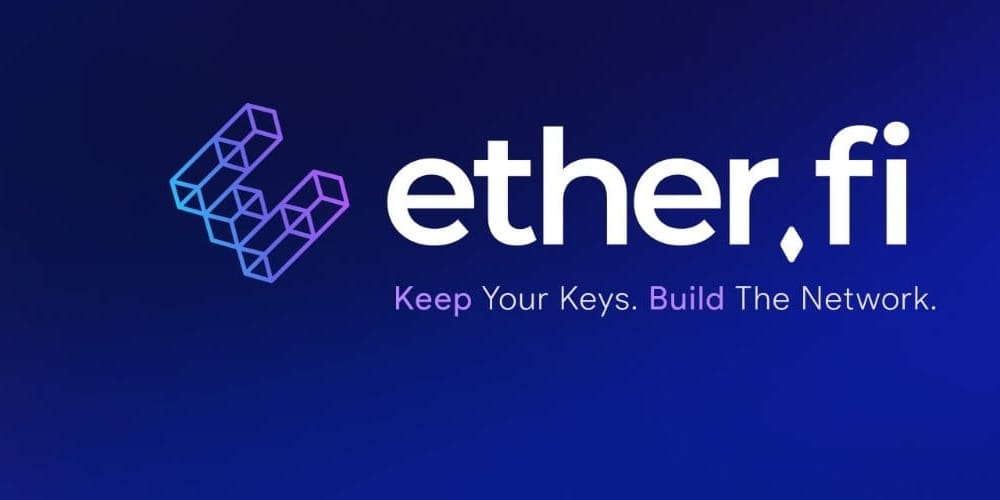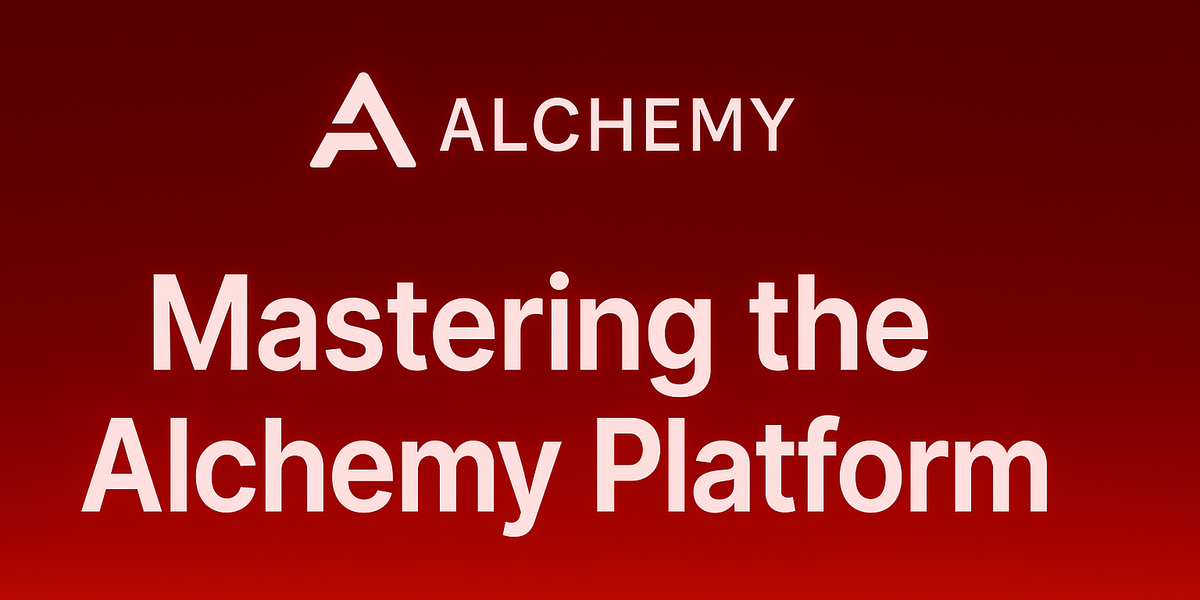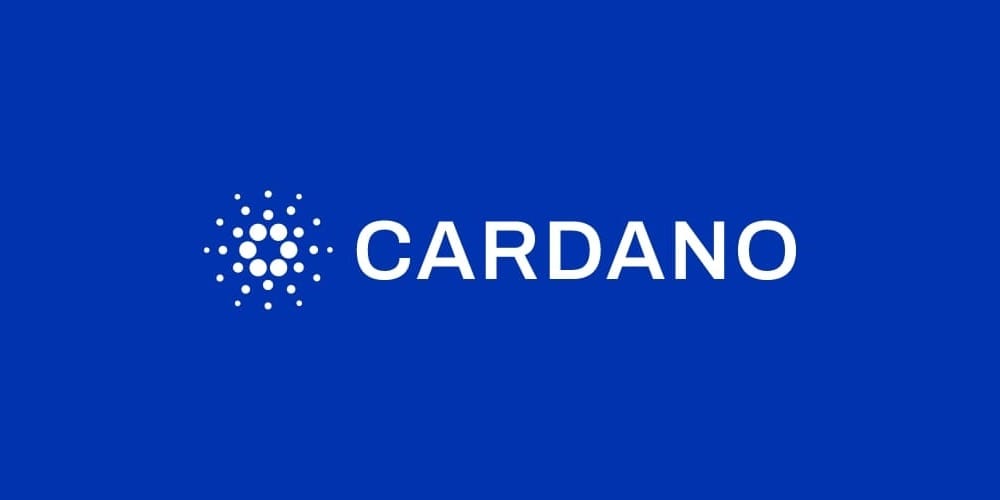As the Ethereum ecosystem continues to evolve, innovative solutions are emerging to enhance staking mechanisms, decentralization, and user autonomy. One such pioneering project is ether.fi, a decentralized staking protocol that empowers users to stake their ETH while retaining full control of their private keys. This article delves into the various facets of ether.fi, including its unique features, tokenomics, underlying technology, network integration, market status, investor backing, development progress, and its potential for technological innovation.
Project Overview
ether.fi is a decentralized Ethereum staking protocol designed to allow users to stake their ETH without relinquishing control over their private keys. This approach ensures that stakers maintain sovereignty over their assets, mitigating counterparty risks associated with traditional staking services. The protocol facilitates a secure and user-friendly staking experience, enabling participants to earn rewards while contributing to the decentralization and security of the Ethereum network.
Tokenomics
The native token of the ether.fi ecosystem is ETHFI. As of now, the total supply of ETHFI is capped at 1 billion tokens, with a circulating supply of approximately 170.2 million tokens. The token distribution strategy includes allocations for public sales, private investors, and ecosystem incentives. ETHFI holders play a crucial role in the governance of the protocol, influencing decisions related to protocol upgrades, fee structures, and other key parameters. This decentralized governance model ensures that the community has a significant say in the project's development and direction.
Underlying Technology
At its core, ether.fi employs smart contracts to manage the staking process, ensuring transparency and security. A standout feature of the protocol is its implementation of Distributed Validator Technology (DVT). DVT enhances the resilience and decentralization of the network by distributing validator responsibilities across multiple nodes, reducing the risk of single points of failure. Additionally, ether.fi integrates with EigenLayer, enabling native restaking. This integration allows stakers to earn additional yields by participating in the validation of various software modules within the Ethereum ecosystem, further maximizing their rewards.
Network Integration
ether.fi operates exclusively on the Ethereum network, leveraging its robust infrastructure to provide decentralized staking services. The protocol's design aligns with Ethereum's principles of decentralization and security, ensuring seamless integration with the network's existing architecture. By focusing solely on Ethereum, ether.fi can optimize its services for ETH stakers, providing a tailored and efficient staking experience.
Market Status
As of the latest data, ETHFI is trading at approximately $1.19 per token, with an intraday high of $1.22 and a low of $1.12. The project's fully diluted market capitalization stands at around $1.76 billion, with a current market cap of approximately $300 million. These figures reflect the market's recognition of ether.fi's value proposition and its potential impact on the Ethereum staking landscape.
Investor Backing
ether.fi has garnered support from a diverse group of investors, underscoring confidence in its vision and technological approach. Notable backers include Bullish Capital, CoinFund, OKX Ventures, Foresight Ventures, ConsenSys, and Amber Group. In a Series A funding round, the project successfully raised $23 million, further bolstering its development and operational capabilities. This strong financial backing positions ether.fi to continue innovating and expanding its offerings within the Ethereum ecosystem.
Development Progress
Since its inception, ether.fi has achieved several key milestones. The protocol's decentralized application was launched in June 2023, providing a secure platform for users to stake their ETH. In August 2023, ether.fi, in collaboration with Obol Labs, initiated the first Distributed Validator Technology (DVT) mainnet validator, marking a significant step toward enhanced network decentralization. The subsequent launch of eETH in November 2023 introduced a liquid staking token, allowing users to participate in Ethereum staking in a fully permissionless manner. These developments highlight ether.fi's commitment to continuous improvement and innovation.
Technological Innovation and Potential
ether.fi's approach to decentralized staking, combined with its emphasis on user autonomy and security, positions it as a transformative force within the Ethereum ecosystem. By allowing stakers to retain control of their private keys and integrating advanced technologies like DVT and native restaking through EigenLayer, ether.fi enhances both the security and decentralization of Ethereum. Its initiatives, such as Operation Solo Staker, further contribute to network resilience by enabling individuals to run nodes across diverse geographies. As the project continues to evolve, it holds significant potential to influence the future of decentralized finance and staking mechanisms.





Comments